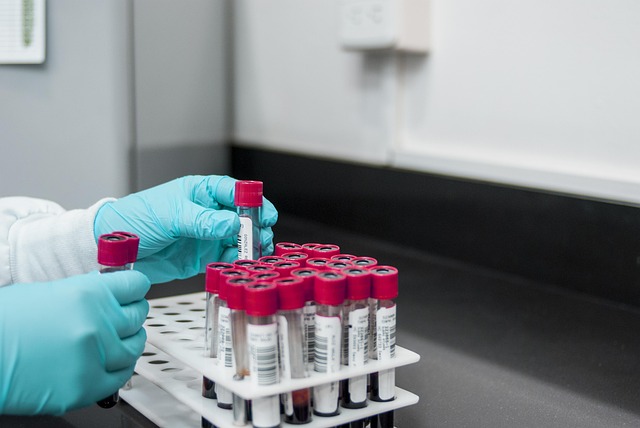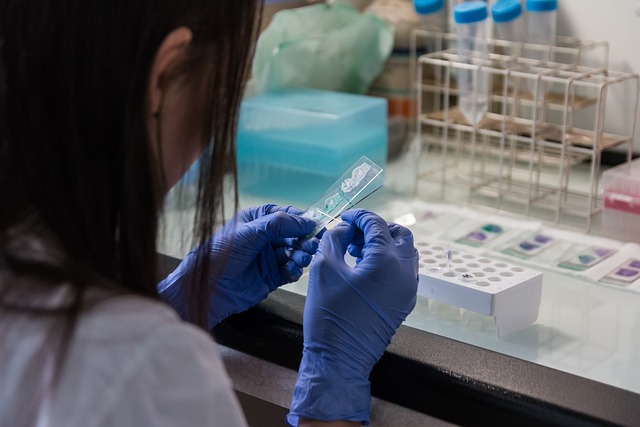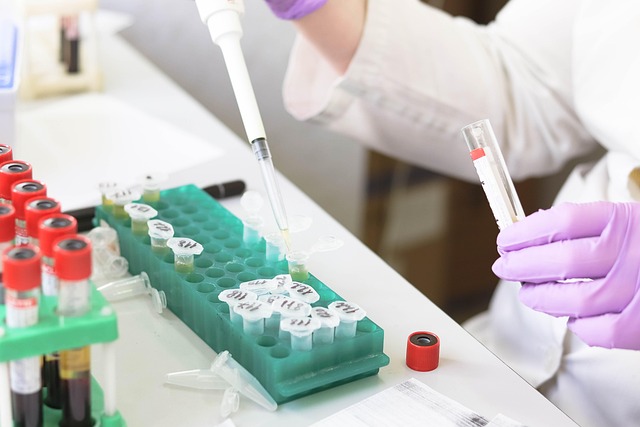At-home blood testing in the UK offers a convenient way to monitor male hormone levels, crucial for reproductive health. Imbalances can cause fertility issues and libido changes, prompting early detection through simple finger prick tests. Results aid in diagnosing conditions like hypogonadism or PCOS, enabling informed decisions and improved outcomes with professional guidance.
In the UK, navigating reproductive health issues can be complex. Understanding male hormone levels is a crucial first step. This comprehensive guide delves into the basics of male hormone analysis, highlighting the growing accessibility of at-home blood testing as a convenient option.
We explore how this innovative approach, popular in today’s digital era, aids in diagnosing reproductive challenges. By interpreting results responsibly, individuals can gain insights leading to effective treatments and improved fertility.
- Understanding Male Hormone Levels: The Basics
- At-Home Blood Testing for Reproductive Health
- Interpreting Results: Diagnosing Reproductive Issues
Understanding Male Hormone Levels: The Basics

Male hormone levels play a vital role in reproductive health, with imbalances potentially causing various issues. Understanding these basics is crucial when considering a blood test at home UK for diagnosis. Testosterone, often referred to as the ‘male sex hormone’, is primary among them. It’s produced primarily by the testes and plays a key role in sexual development, muscle mass, bone density, fat distribution, and overall well-being.
A simple blood test at home UK can measure these levels, providing insights into reproductive health. This is particularly important as low testosterone (hypogonadism) or high levels (androgen excess) can lead to fertility issues, libido changes, and other symptoms. Regular monitoring through such tests allows for early detection and intervention, potentially improving outcomes and quality of life.
At-Home Blood Testing for Reproductive Health

At-home blood testing is revolutionising reproductive health monitoring in the UK. This convenient method allows individuals to take control of their fertility and sexual health by analysing hormone levels from the comfort of their own home. With a simple finger prick, users can obtain valuable insights into their testosterone, oestrogen, and other key hormones linked to reproductive function.
Such tests offer a discrete and accessible way for both men and women to assess potential issues early on. Many at-home kits provide quick results, enabling individuals to make informed decisions about their health and consult professionals with specific data in hand. This shift towards self-care and home-based diagnostics is an exciting development, promising improved access to reproductive healthcare information.
Interpreting Results: Diagnosing Reproductive Issues

Interpreting your male hormone level results is a crucial step in diagnosing reproductive issues. If you’ve taken a blood test at home in the UK, the report will provide values for various hormones, including testosterone, oestradiol (a female hormone that can impact men), and luteinizing hormone (LH). High or low levels of these hormones can indicate specific conditions such as hypogonadism (low testosterone), polycystic ovary syndrome (PCOS) in men (due to elevated oestradiol), or issues with thyroid function, which can also affect sperm production.
A healthcare professional will analyse these results in context with your medical history and symptoms to pinpoint the root cause of any reproductive difficulties. They may recommend further tests or specific treatments based on your individual case.
Male hormone level analysis through at-home blood testing in the UK offers a convenient and accessible way to diagnose reproductive issues. By understanding the basics of hormone levels and interpreting results, individuals can take proactive steps towards their fertility health. This method allows for early detection and treatment, potentially revolutionizing how we approach male reproductive health. With simple, at-home testing becoming more widely available, men can now easily navigate this process without the need for extensive clinic visits.
